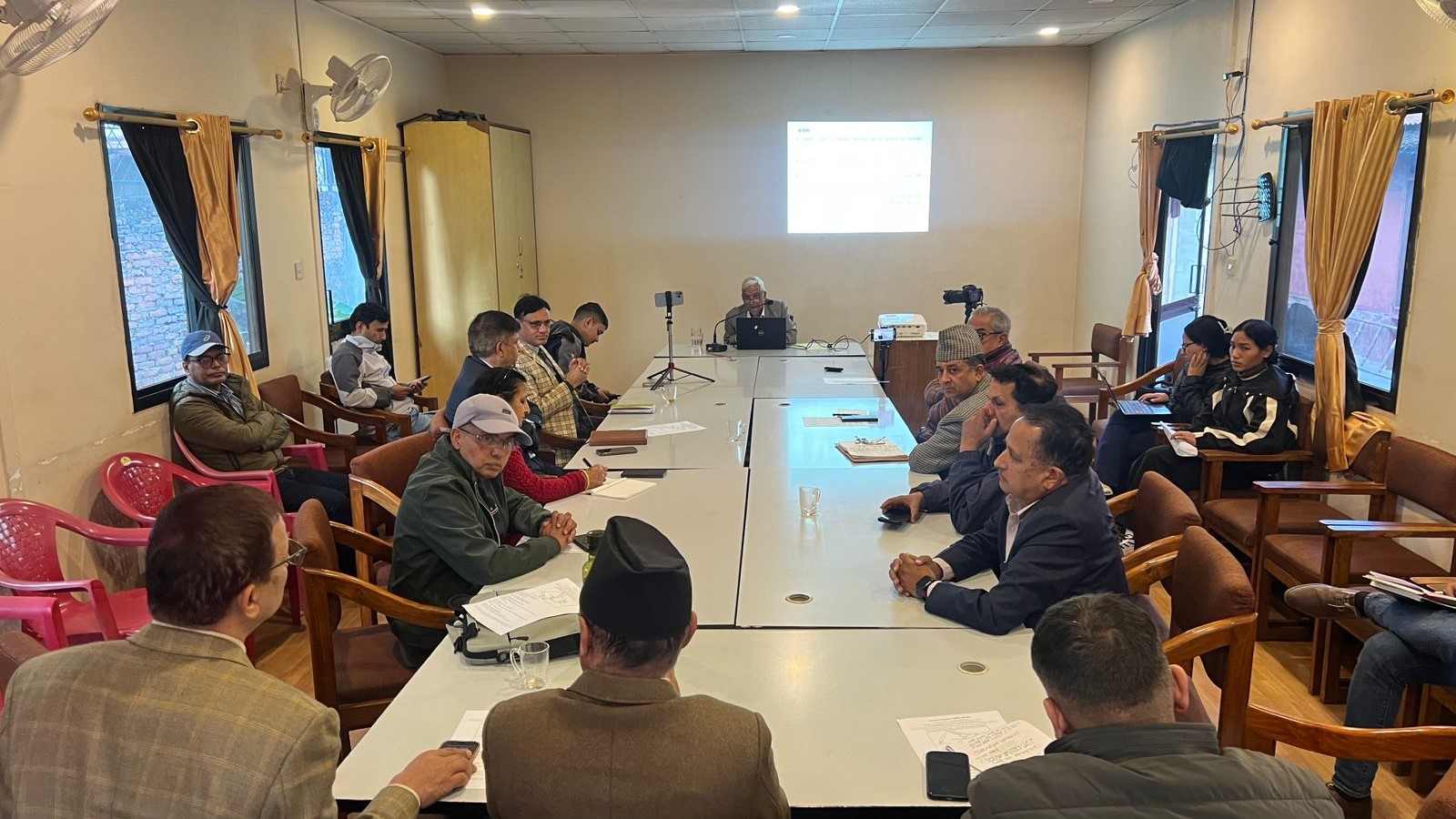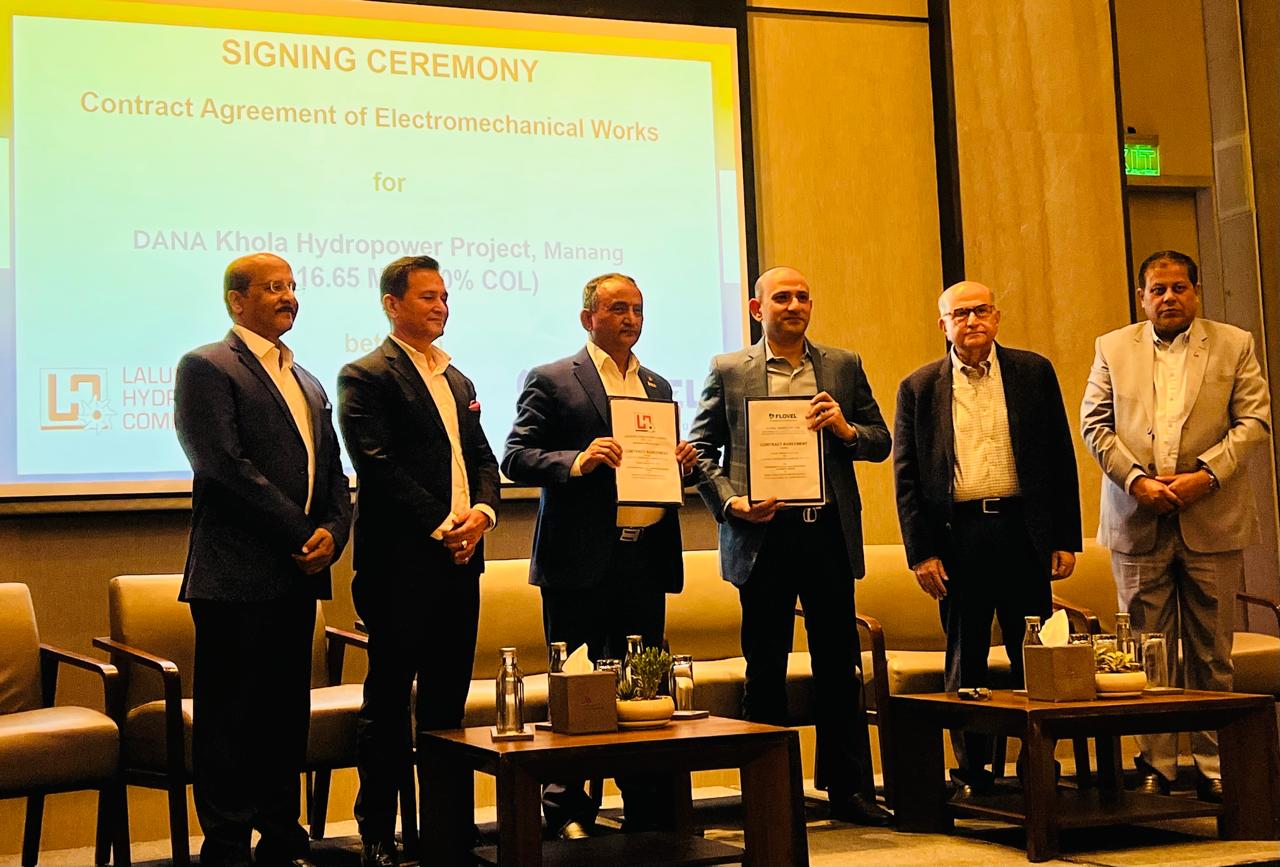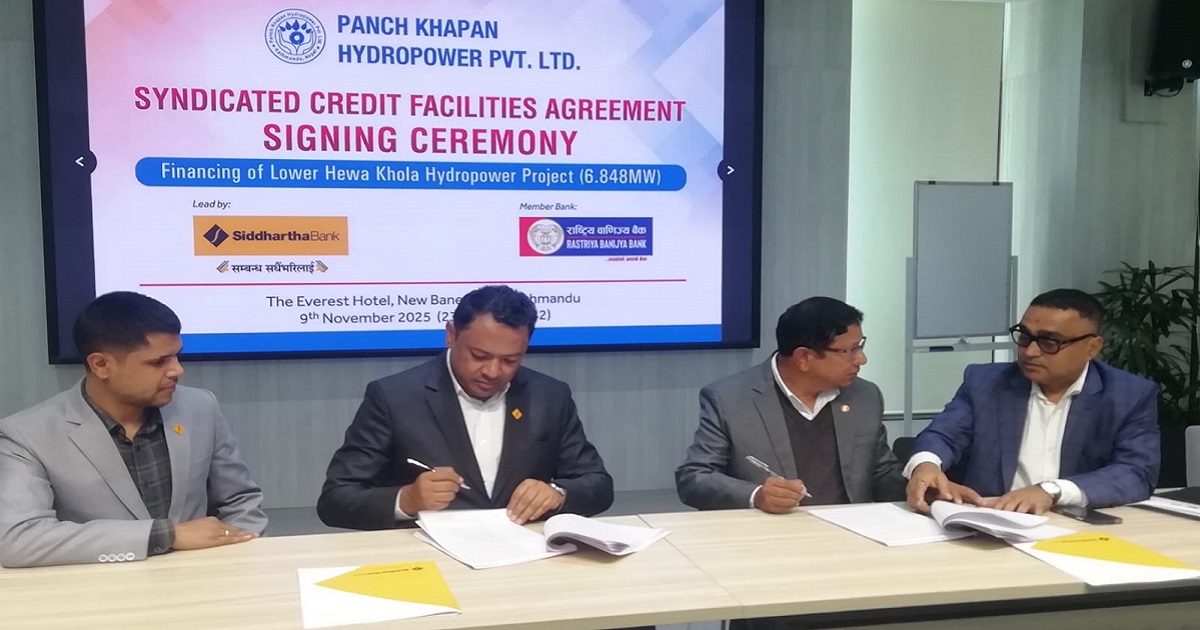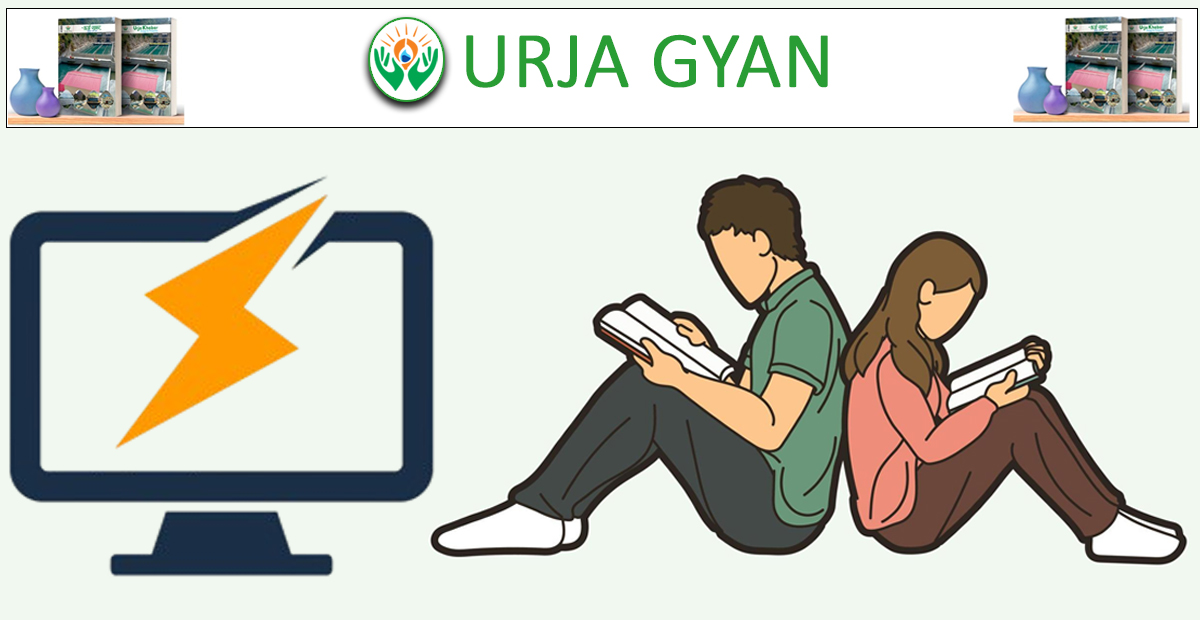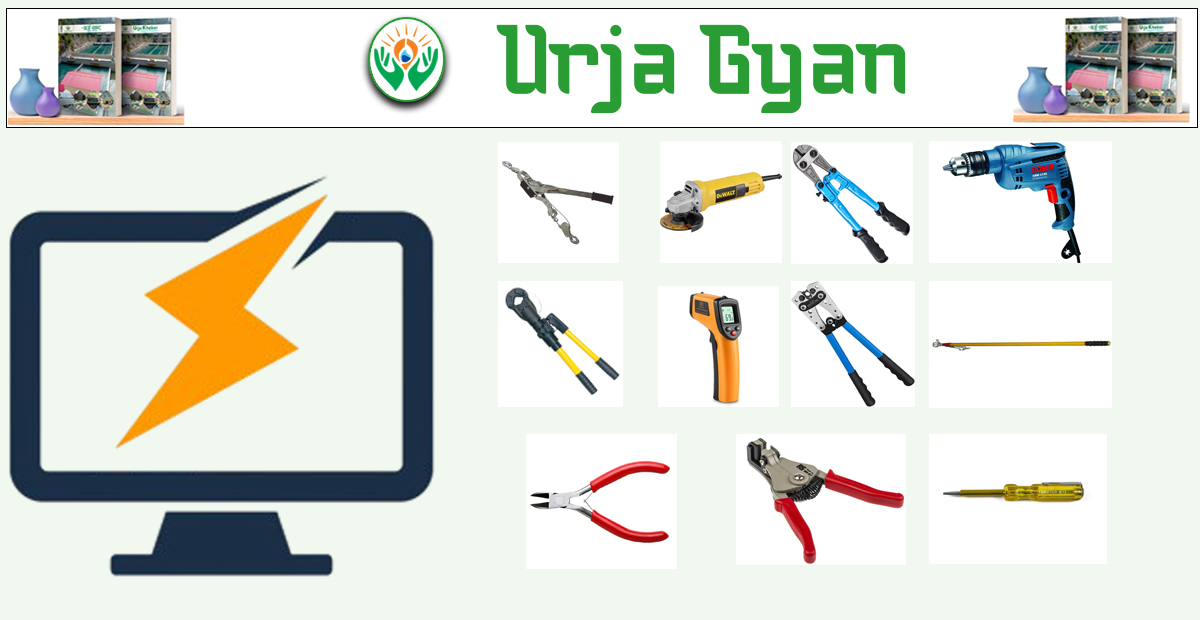Energy Update
Earthing in Electrical Systems and Their Types
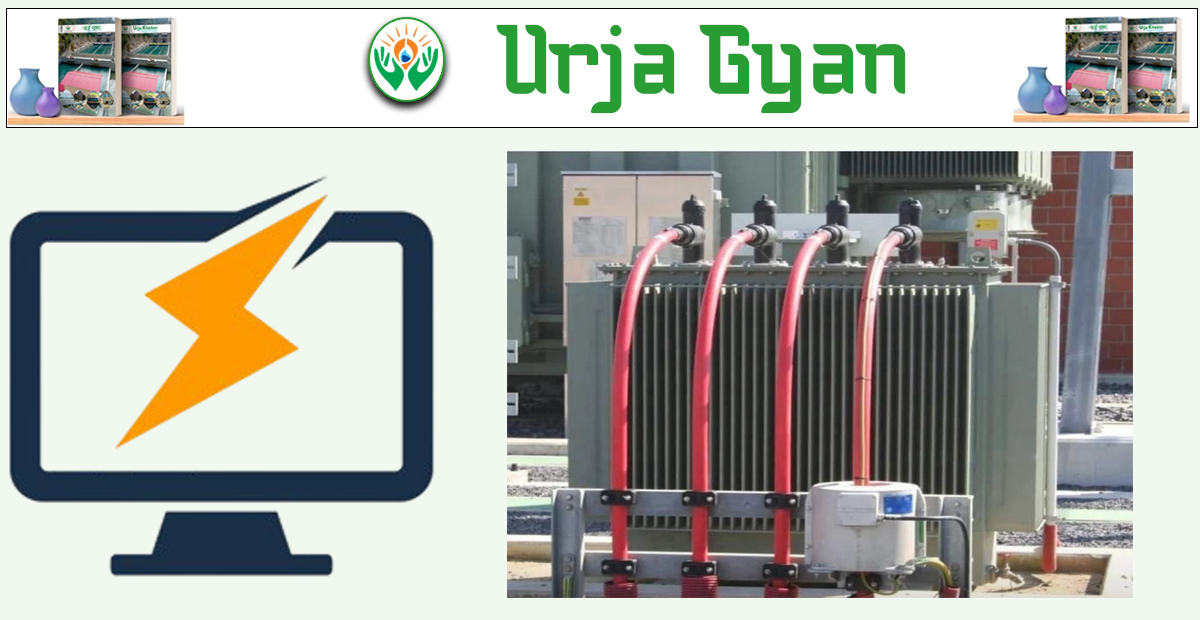
Kathmandu; As part of weekly educational column "Urja Gyaan" published each Friday by Urja Khabar, this week we are presenting information and Q&A about earthing used in electrical systems. We had last week explained circuit breakers used in electric lines and their types.
1. What is Earthing ?

Answer: Earthing or grounding is a means of making an electrical system come into contact with the earth for safety. It provides a means by which an excess of electrical current can travel a safe route into the earth, thereby avoiding electric shock, fire hazard, and equipment destruction.
2. There are three transformer earthing types.

Answer: The higher the voltage rating of a substation, the higher will be the fault current. The increase in fault current also increases in step or touch voltage, which is hazardous to human beings. Earthing reduces the step voltage to a safe value. Earthing can be done as follows:
(a) Mesh Earthing:
In this method, there is application of a copper strip mesh. It is also referred to as gundruk-like earthing. It is applied in power plants and substations. Mesh size and mesh type differ with the probable fault current and substation soil resistivity. These factors should be considered by the substation design engineer. Copper strips are mounted on a mesh 50 cm below ground level to give a safe path for excess current.
(b) Pipe Earthing:
This involves burying a pipe in the ground. The surface layer of earth is usually dry, making its resistivity higher. Moisture increases with depth, reducing resistivity. To maintain moisture during dry seasons, a pipe is designed with a water inlet at the top. This pipe is also called an electrode. Where burying a pipe is feasible, pipe earthing is suitable. The pipe used should be at least 40 mm (1.5 inches) thick and more than 2.5 meters long. Soil, charcoal, and salt are filled around the electrode. On pouring water, saltwater moves and decreases earth resistance, providing a superior path for electricity flow.
(c) Plate Earthing:
Used where rocky terrain does not allow pipes to be buried. A water pipe (19 mm thick) is installed to help water reach the salt-charcoal-soil layer and maintain it at a moist condition. The pipe's mouth is closed with concrete or stone to prevent contamination. Water must be supplemented from time to time to maintain the soil in moist conditions with low resistance.
(d) Chemical Earthing
A 2–3 meter length and 40–50 mm thickness GI pipe is used, with a copper strip or rod or a thin GI pipe as the principal conductor inside it. The outer pipe is called the outer pipe, and the thinner one inside the inner pipe. The inner pipe is about 12 cm longer and has two holes to hold the earth lead wire. The gaps between the pipes are packed with a conductive chemical mixture. Such an arrangement is called a chemical earth electrode. It is buried as a regular pipe earthing installation is buried, but instead of salt and charcoal, bentonite, graphite, aluminum silicate, and metal powder are used.
Multiple Choice Questions:
1. What happens to resistance when resistivity in a material increases?
- (a) Decreases
- (b) Increases
- (c) Resistance halves when resistivity doubles
- (d) No change
Answer: (b) Increases
2. What is the step voltage to a human being?
- (a) One foot's potential
- (b) Other foot's potential
- (c) Difference in potential of both feet
- (d) Flow of current in the body
Answer: (c) Difference in potential of both feet
3. A person gets injured by electricity due to:
- (a) Low voltage
- (b) Flow of current in the body
- (c) High voltage
- (d) None of the above
Answer: (b) Flow of current in the body
4. What is the generally safe current level for a human?
- (a) 1 Ampere
- (b) 0.5 Ampere
- (c) 30 mA
- (d) 300 mA
Answer: (b) 0.5 Ampere
5. What effect does moisture around the earth electrode have on earth resistance?
- (a) Decreases
- (b) Increases
- (c) Remains stable
- (d) Suddenly drops
Answer: (a) Decreases
6. Which earthing system provides the lowest earth resistance?
- (a) Pipe earthing
- (b) Combination of pipe and mesh earthing
- (c) Mesh earthing
- (d) Plate earthing
Answer: (b) Combination of pipe and mesh earthing
7. What is a conductor of pure water for electricity?
- (a) Conductor
- (b) Insulator
- (c) Semi-conductor
- (d) None of the above
Answer: (b) Insulator
Conversation
- Info. Dept. Reg. No. : 254/073/74
- Telephone : +977-1-5321303
- Email : [email protected]







